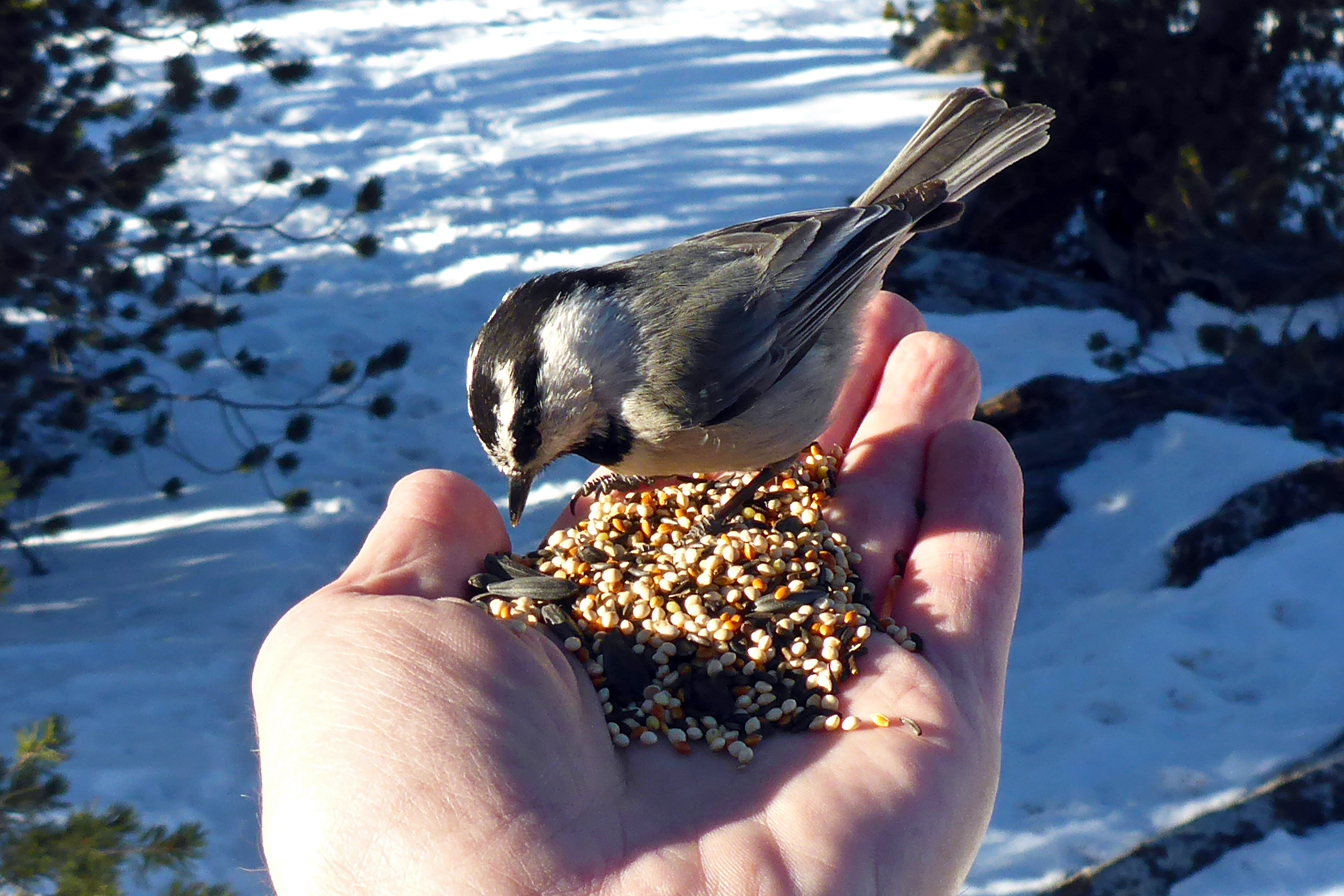Share

How to Build a Backyard for Bird Watching
Moana Nursery’s Wild Birds Unlimited Manager, Lisa Braginton, breaks down the basics of setting up the perfect backyard birding habitat! She highlighted 3 main areas to focus on when building the ultimate backyard habitat for bird watching: Food, Water, and Cover.
Food for your Backyard Birds
Let’s break down the basics of a bird-feeding station. First, you have the pole or main structure, this provides an elevated, safe environment for your birds to feed without having to land on the ground. Now, you can definitely ground feed (meaning throw seed or food on the ground or in a low tray for your birds to eat) BUT make sure you put the food in a protected area. A good example would be under a thicker bush or tree, or between a thicket of shrubs or plants.
Once you have your preferred main structure chosen, that’s when you start building out and around. There are many different types of feeders you can implement but we suggest starting with two basics: a hanging tray feeder and a cylinder feeder. These two types of feeders are the easiest ways for your birds to be able to land and eat different types of food.
So what types of food do they like? Well, each bird is different so the best way to tell what is best for your yard is to test! We suggest starting with a couple of different types of stackable feeders to test what birds like in your yard. Some of our favorites are the No-Mess Seed Stackable or Cylinder; the Seed Stackable Bug, Nut, and Berry; and the No-Melt Suet Stackers. To fill your hanging tray try the No-Mess Plus Blend Bird Seed. It has a little of everything to attract your birds.
When changing out your feeders pay attention to what cylinders disappeared the fastest and what parts of the loose bird seed are leftover, that will help you figure out what your birds like and don’t like. Over time you will get to know what types of birds are coming to your garden and what they like to eat!
Water for your Backyard Birds
Water is essential to all life and birds are no exception. Birds need a consistent source of water, especially during the hotter, dryer months in Northern Nevada. As High Desert Gardeners we know the importance of conserving water so keeping a shallow, shaded water source for your birds not only improves their lives and keeps them safe from the heat, but also limits the amount of water lost to evaporation. Your water source should never be too deep, keeping it around 1-2 inches is the safest for your birds. An added benefit is some kind of dripping or moving feature.
Remember, having water available all year round is key to a successful bird bath!
Creating Cover for your Backyard Birds
What is “cover”? “Cover” is a protected area that birds (and other small wildlife) use to hide from bad weather and predators. This can be human-made structures or natural foliage planted in your garden. As High Desert Gardeners we can choose trees, shrubs, and plants that will create great habitats for our backyard birds. When planting, think about layers. If you are planting a tree, make sure to plant smaller shrubs and plants around its base. When planting shrubs and plants place them closer together so that your birds have a denser ground cover. By designing a garden with bird protection in mind, not only will you be able to enjoy the sights and songs of birds year-round but you will also have a lovely, full garden!
When placing your feeder and water make sure to place them in a location that is close in proximity to cover. Birds will fly between your feeder or waterer and the cover so that they feel safe.
Other than using your natural landscape as cover, birds also enjoy human-made structures like birdhouses or nest boxes.
Being Seasonally Savvy
One thing to keep in mind is like humans, birds’ appetites change based on the season. We wouldn’t want to eat hot soup on a hot summer day, would we? Well being a seasonally savvy birder means adjusting the type of feed to the season. For example, in the spring and summer birds like higher protein diets so include lots of nuts, fruits, and suet in your feeding station so they’re strong and healthy enough to care for their babies! During the fall and winter, you can switch to a more basic seed blend to get them through the colder months.
Remember backyard birding is not just a summer activity, your birds rely on you! Having food and water available all year round is key to a successful backyard bird-watching habitat!
Watch Lisa’s Full Video Below:
Want to take your backyard birding to the next level? Our bird expert, Lisa Braginton, will come to your house and help design the best “Feederscape” for your location and types of birds. Click here to learn more about our service.
For a deeper look at our backyard birding feed, feeders, bird baths, and more visit our online store here. For any further questions, stop by any one of our three Moana Nursery garden centers or contact us online.
Share

Feeding birds in your backyard is a simple yet powerful way to help mitigate the declining bird population in Northern Nevada.

You may have heard of Chickadee Ridge before, but what is it exactly and what makes the chickadees there so special?

Is there a feeder more user friendly and versatile than a wire feeder like the Moana Perfect Start? If there is, we sure haven’t found it yet!

